ESP8266 Cloud Development Board
The ESP8266 Cloud Development Board MINI nodeMCU, is a compact and inexpensive Wifi transceiver that serves as an ideal solution for Home Automation and IoT projects. An excellent alternative to the NRF24L01, it is capable of connecting directly to your Wifi router through the UART MCU’s (Rx, Tx).
The ESP-12 module is a highly comprehensive option within the ESP family, offering access to a large number of pins. This versatile module can be programmed with either the Arduino IDE or LUA as NodeMCU, and already includes an LDR and a WS2812 LED for convenience in your projects. Additionally, it comes equipped with a CH40 micro USB module for programming purposes.
The ESP8266 Cloud Development Board is a highly integrated chip that comes with a built-in antenna and power management converter. It also boasts energy-saving VoIP capabilities and the ability to easily switch between sleep and wake patterns. With its low-power operation, adaptive radio bias, and front-end signal processing functions, the system offers a comprehensive range of features.
The ESP8266 Cloud Development Board MINI nodeMCU, is an intelligent hardware development kit designed for cloud-based projects. It is considered the most simple and cost-effective IoT development board available in the market. Unlike other complex boards, it does not require you to have knowledge of network or TCP/IP. With basic C language skills, you can easily utilize EMC’s cloud SDK for quick secondary development. The demo board allows you to control RGB colorful lights through a mobile phone app, which also displays environment brightness using a photosensitive resistance. With minimal code modifications that only take about half an hour, you can create your own remote-controlled device. Additionally, this system provides a free app for both Android and IOS platforms through its open SDK feature.
The “Witty Cloud” is a cleverly named ESP8266 Cloud Development Board. A compact module with two stacked PCB boards, connected by a pair of 8-pin headers.
The main board, positioned at the top, houses an ESP-12F module containing the ESP8266 Wi-Fi microcontroller, along with an RGB LED, LDR, button, 3.3V voltage regulator, and a micro USB port. The lower board is equipped with a CH340G USB-to-UART module for connecting to a computer and programming the flash or receiving debug messages from the ESP8266. Additional features include two buttons (RST and FLASH) and another micro USB port.
Once the firmware is prepared for your project, the primary Witty board can function independently. The CH340 board located at the bottom can also be detached and utilized as a stand-alone USB-to-UART for programming other modules. Additionally, the Witty Cloud module can be programmed using either the Arduino IDE or LUA as NodeMCU.
Please take note of the following paragraph, as it is being rephrased to avoid repetition while maintaining the same tone:
By pushing the button connected to GPIO4, the bottom board (containing CH340G) can be separated and utilized as a stand-alone USB-to-UART for programming other modules such as ESP-01. Both the bottom and top boards feature mini USB connectors, allowing the top board to function independently and receive power. Please note that while this board is fully compatible with NodeMCU firmware, it does not come pre-flashed with it. As we do not open the original packaging, there is no opportunity to re-flash it before sending it to you. Therefore, you will need to reflash it using either the NodeMCU flasher or Arduino IDE before use. Other features include an ESP-12F module with Espressif ESP8266EX SoC, WiFi connectivity (802.11 b/g/n), 2x 8-pin headers with GPIOs, VCC, GND, Reset, ADC, and UART. Additionally, there are two micro USB ports available – one for power and one for debugging – as well as a photoresistor, RGB LED, and three buttons for power, reset, and firmware upgrade purposes.
Characteristics of ESP8266 Cloud Development Board:
- The LDR light sensor is built-in.
- On-board WS2812 LED
- There are a total of three tactile buttons: one on the Witty board and two on the CH340 board.
- The micro USB allows for both power and programming.
- The ESP-12F module incorporates the latest technology, featuring a 4M flash and built-in antenna.
- Featuring the CH340G USB-to-UART programmer.
- The circuit involves an LDR, also known as a photoresistor, which is attached to the ADC pin of the ESP.
- An RGB LED is linked to GPIO 12, 13, and 15.
- The device offers three different modes: AP, STA, and AP STA.


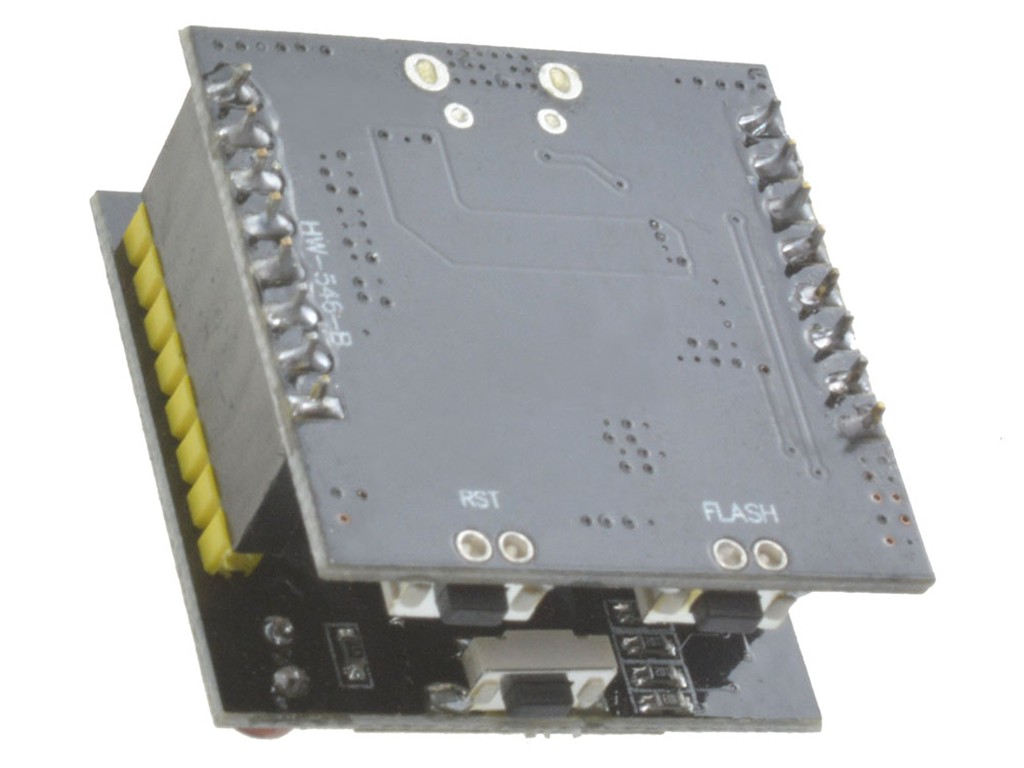
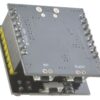
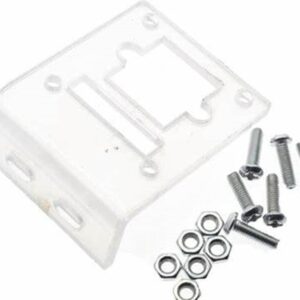
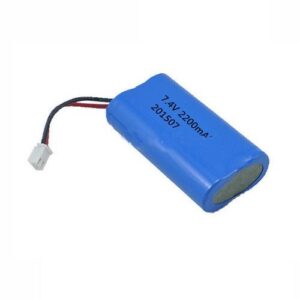
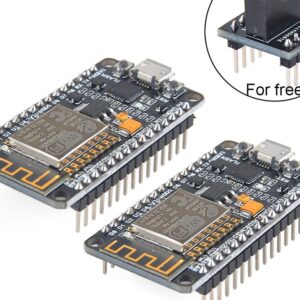

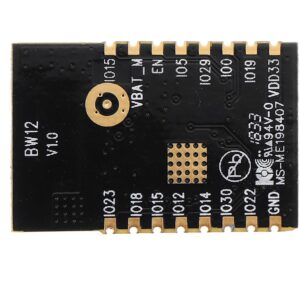


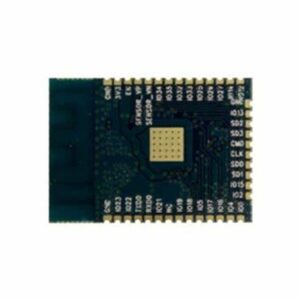
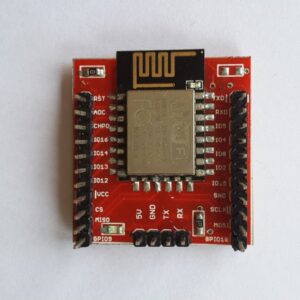
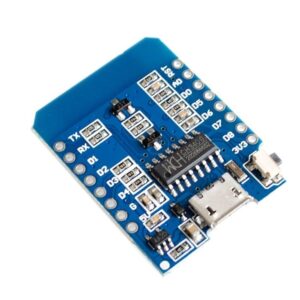
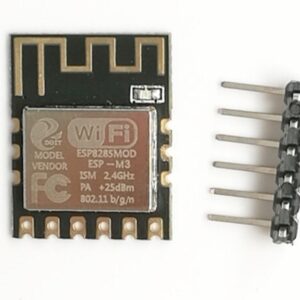
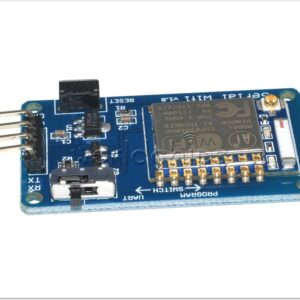
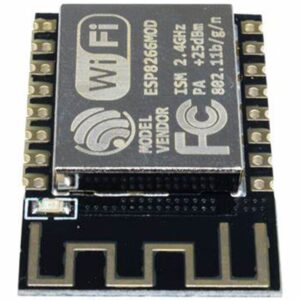

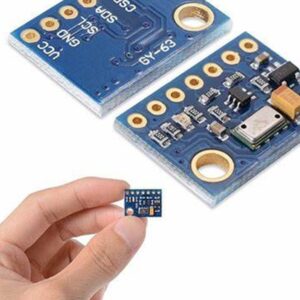
There are no reviews yet.